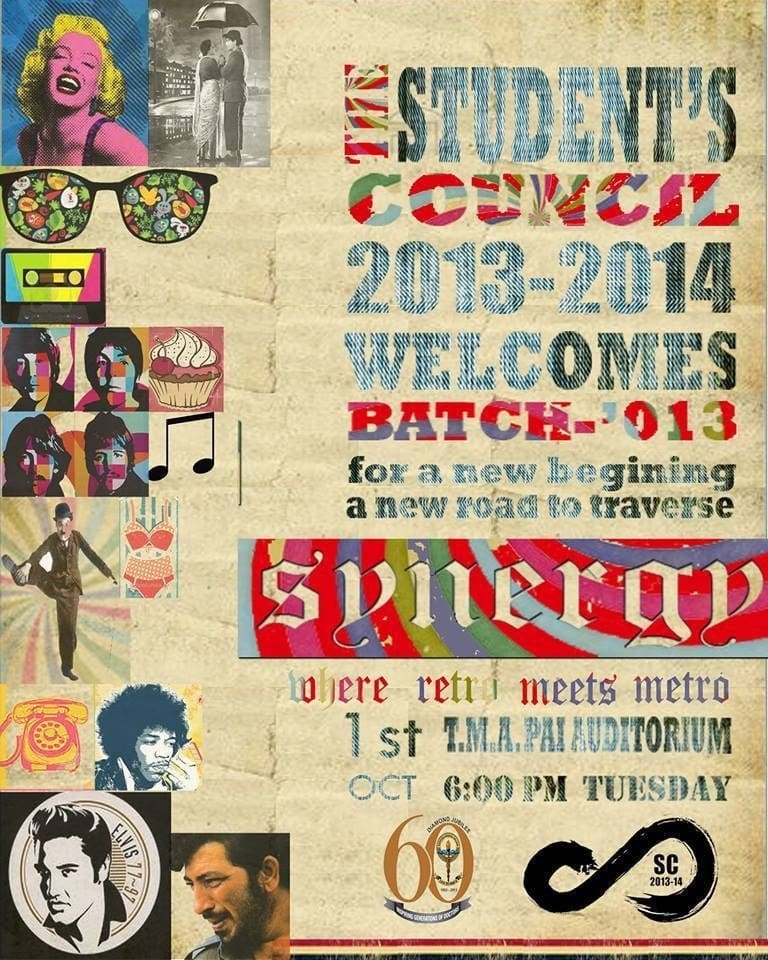
Stage photography can be a spectacular foray into the world of professional photography, but like any other foray, it requires practice, and a keen eye for detail.
While stage photography may seem simple to the naked eye, the lighting and constant movements that must be continuously mapped are akin to jumping on a trampoline, while balancing on an operating jackhammer, and snapping pictures. The overall public consensus is to take every possibly photograph of the on stage idol, post them all to Facebook, and allow friends to “ooo” and “aww” over how close their friend the photographer was to their personal hero.
Here are a few tips to help you capture those spectacular moments :
1. Get close
If possible, go early to ensure a front seat. And use a telephoto zoom lens to get even closer. For dramatic effect, get super close to capture only the face, complete with frown and perspiration.
This may seem the obvious thing to do, yet I often see many photographers shooting from the back. My guess is that they want a wide angle view to capture the overall scene.
The point is this: performers tend to be showy people and you want to get close to capture details of their expressions. Close-ups of their dressing, jewellery, tattoos and other ornaments can make interesting images too.
Concerts are about people, sometimes famous people. A landscape approach misses the point.
2. Don’t sit in the middle
Taking close up shots at concerts is a lot more challenging than taking distant, wide angle shots. From afar, it does not matter if the microphone stand divides the singer into two. From close up, even the shadow cast by a microphone can ruin an otherwise good picture.
One way to avoid these troublesome obstructions is to shoot from one side. Don’t sit in the middle.
3. Don’t use flash
Unless expertly used, in a complicated and troublesome manner, flash photography will not likely produce good results. The images will have a certain ‘dead’ feel about them. Moreover, flash distracts the performers and blinds the people around you. Some venues disallow flash photography anyway. So don’t use flash.
4. Shoot in ‘S’ or shutter priority mode
First, do not use ‘P’ or program mode, where everything is automatic. You have no control over how the images will turn out. For maximum control, learn to shoot manual. Otherwise, use a semi-automatic mode.
A dark but sharp image can, to some extent, still be corrected using Adobe Lightroom or Photoshop. A correctly-exposed image with camera shake is generally useless – except in a case like The Angry Drummer. where the facial expression of the drummer is too good.
5. Use centre-weighted exposure metering
Centre-weighted metering tends to produce more ‘correct’ and consistent results for stage scenes, where some parts are brightly lit while other parts may be totally dark. Because the exposure is calculated depending on where the lens is pointed.
With overall or ‘matrix’ metering, if the dark areas are too large, the main subject will be over-exposed. Spot-metering is an absolute no-no. It is too precise. If you just move your lens slightly, say from pointing at the nose to pointing at the cheeks, you could end up with totally different results.
6. Know your white balance
7. Use single-area / manual focus
Under dim light conditions, the auto-focus function sometimes take too long to work.
One solution is to use ‘single-area’ focusing mode, where the camera focuses only on the subject that you point at. This works a tad faster than ‘dynamic area’ focusing mode, where the camera takes information from other areas as well.
Ideally, you should get used to manual focusing. In dim light conditions, this is often faster than auto.
Enough of technical discussions. Now let’s consider what to shoot on stage:
8. Capture movement
Earlier, I wrote a fair bit about how to avoid camera shake. At times it is a good idea to capture movement. It could be a hand strumming a guitar or beating the drums, or the arms of a conductor waving… even the whole person jumping or shaking in a frenzy, with the hair flying. Such movements impart ‘life’ to the image. Don’t always ‘freeze’ your images, least of all with a flash.
To capture movement, you will need a relatively show shutter speed (and this is another good reason to shoot in ‘S’ mode). This, in turn, might mean having to use a tripod. But I dislike tripods, so I usually just experiment with my camera hand held, using shutter speeds of between 1/15 and 1/30 of a second. Often enough, I get good results.
9. Shoot performers at rest
It is not necessary to photograph performers only when they are performing. Often, they look good the moment just after they stopped, when you can almost see a sigh of relief that the performance had gone well.
10. Shoot lots of images
With my new found interest in On Stage photography, I am taking more photographs than ever before. I find that when the performance is good, I naturally end up taking more pictures and producing better results.






Try and see the program or get an idea before hand that ways you will know what to expect and in a better position to capture the moment.